You could be a pro and making this hopper recipe in no time!
I was first introduced to this hopper recipe when I was in Sri Lanka in 2016 and I was immediately hooked on them. With this authentic hopper recipe, you will be able to make amazing hoppers at home which taste just like those you find in Sri Lanka.
On my most recent trip to Sri Lanka, I made hoppers almost daily and even got to have a go making them at Nuga Gama restaurant in the Cinnamon Grand Hotel. My hopper recipe has changed very little over the years so I have updated this page with more recent photos that you should have a look at below.
The photos will help you get this hopper recipe just right!

What are hoppers?
Sri Lankan hoppers, also known as appam or aappa, are a popular and traditional Sri Lankan dish made from fermented rice flour and coconut milk batter. They are a type of bowl-shaped pancake with a crispy edge and a soft, spongy center.
To make this hopper recipe as written, you will need a hopper pan but don’t let that stop you!
You can use a small wok or even a frying pan to make this hopper recipe. Your hoppers will look different to the bowl shaped pancakes found in Sri Lanka but the flavour will be the same and that’s the most important thing.
How do you cook hoppers?
To make Sri Lankan hoppers, a special hopper pan or appachatti is used. This pan is round and bowl-shaped, with a small depth in the center and a slightly raised edge. You pour the prepared batter into the pan and swirled around to coat the bottom and form the characteristic bowl shape. The pan is then covered with a lid to allow the batter to cook through from both the bottom and the top.
Are there different types of hoppers?
Yes and I will be adding recipes for those too very shortly. Hoppers can be a savoury meal served with chutneys and they can also be sweet.
The savoury hoppers are often mixed with other spices to give them different colours such as beetroot for red hoppers and turmeric for yellow hoppers.
Watch this space! Those recipes will be on my blog very soon along with a few sweet dessert hopper recipes.
What if you don’t have a hopper pan?
Hopper pans are difficult to come by outside of Sri Lanka where almost every family has a few. Try to get one on ebay if you can or at a specialty Sri Lankan grocer.
Don’t let this special pan stop you from making this hopper recipe though! You can use a small wok or even a frying pan. Your hoppers won’t look like they do in Sri Lanka but they will still taste amazing.
Sri Lankan hoppers can be made in various forms:
1. Plain Hoppers: These are the basic hoppers made from the rice flour and coconut milk batter as in the recipe card below. They have a subtle coconut flavour and are typically served with accompaniments such as sambal (spicy chili paste), coconut sambol, or a curry.
2. Egg Hoppers: In this variation, a whole egg is cracked into the center of the hopper batter before it sets. The egg cooks along with the hopper, adding richness and flavor. Egg hoppers are a popular breakfast dish in Sri Lanka. See the notes in the recipe card below if you want to give egg hoppers a go.
3. String Hoppers: These are made from a different type of batter consisting of rice flour and water, without coconut milk. The batter is extruded through a special press to form thin strands, which are then steamed to create delicate, noodle-like strands. String hoppers are often served with curry and coconut sambol.

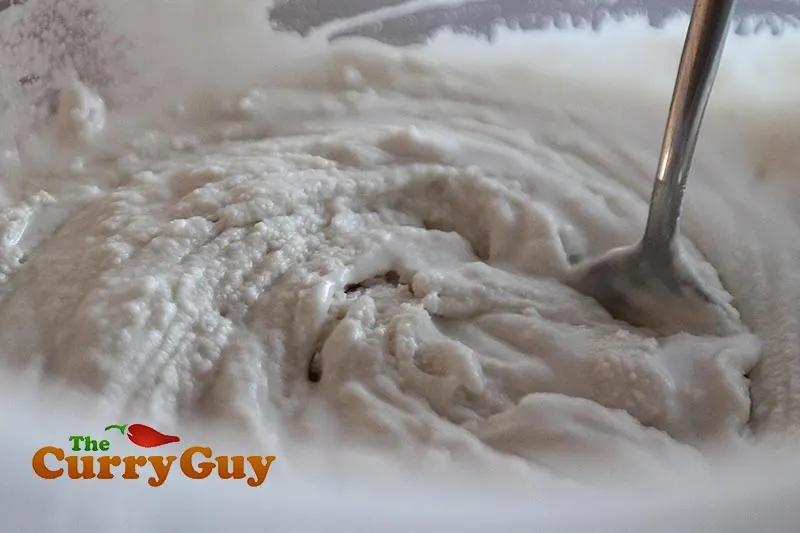
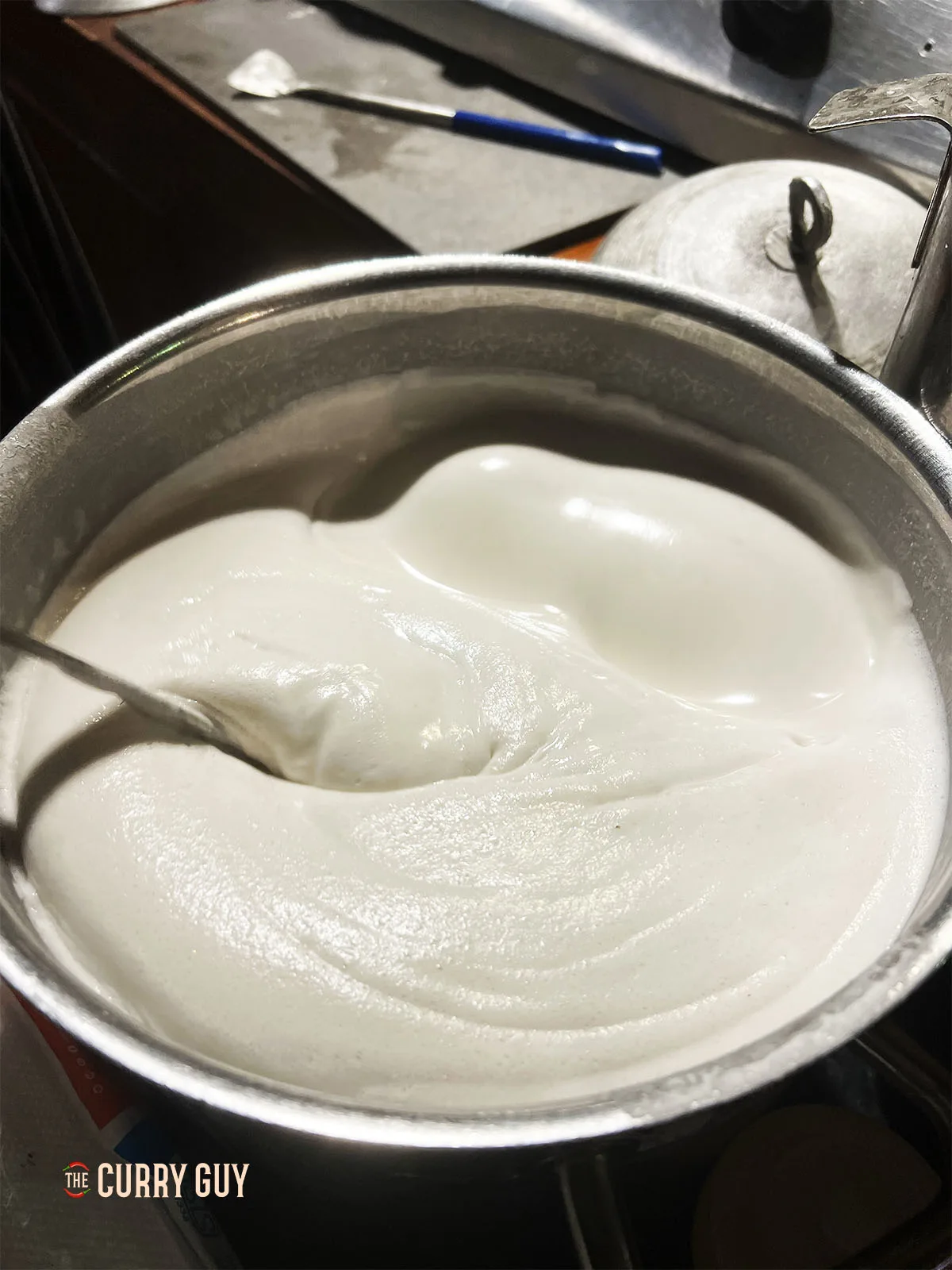
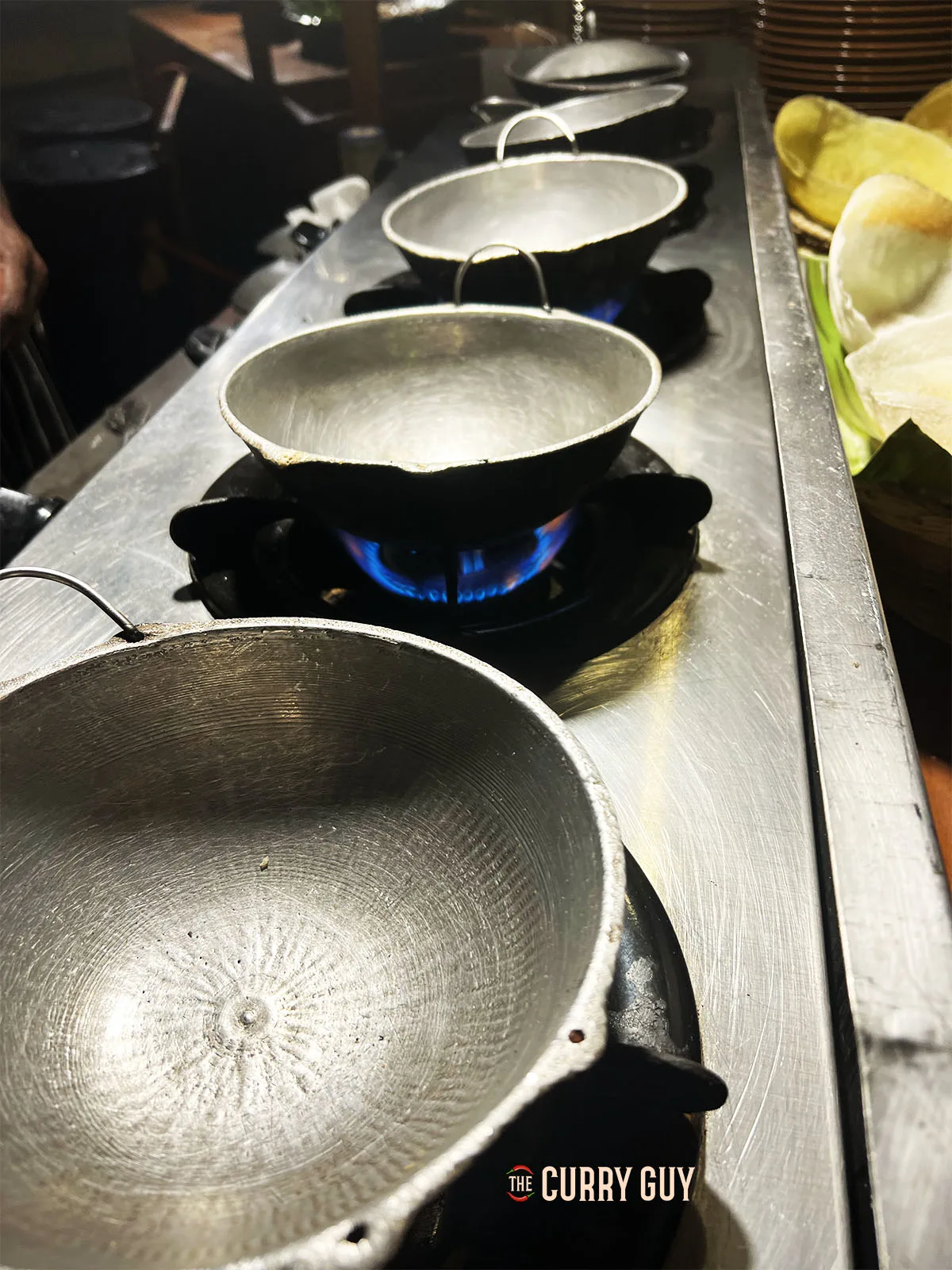

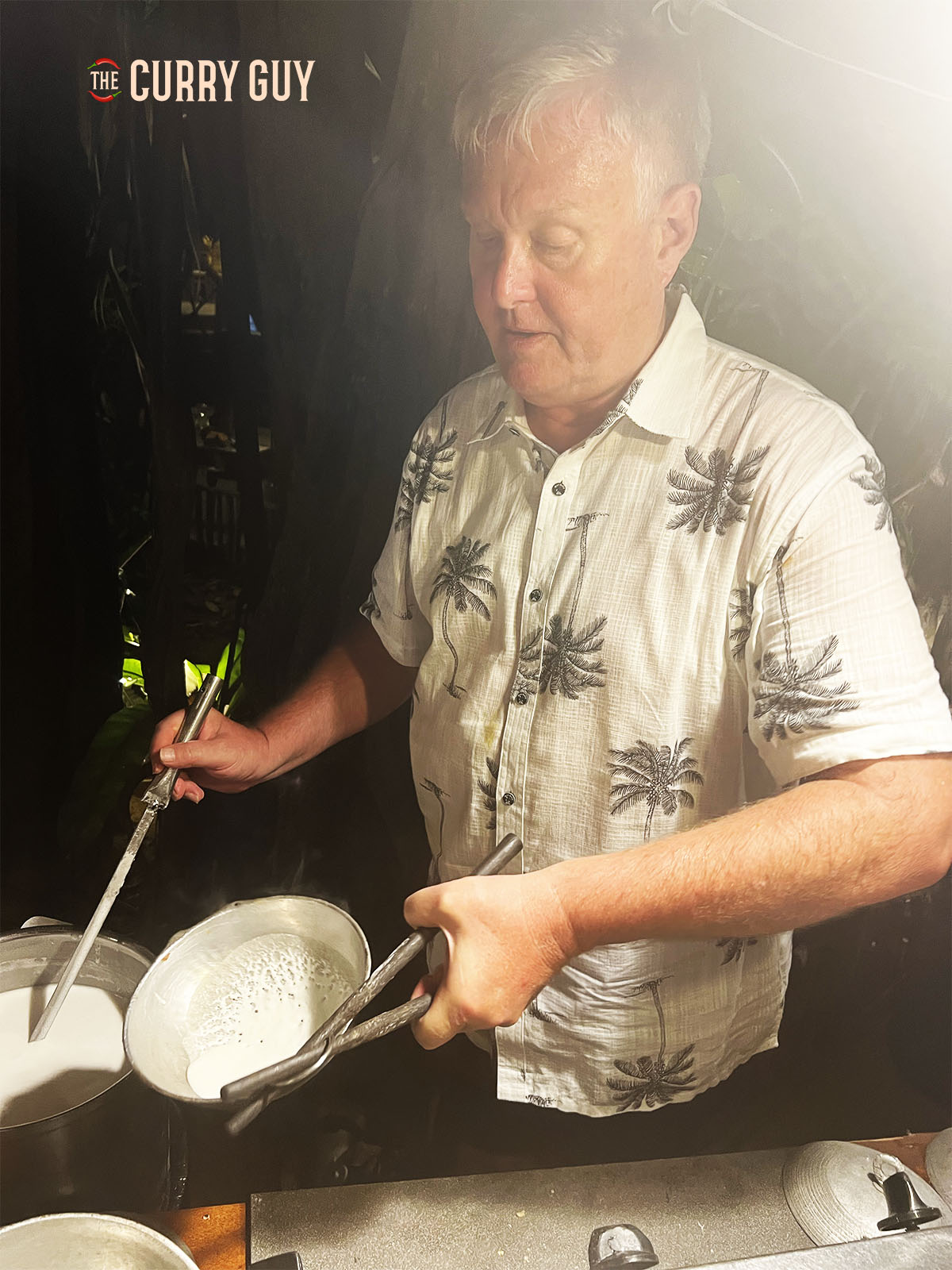

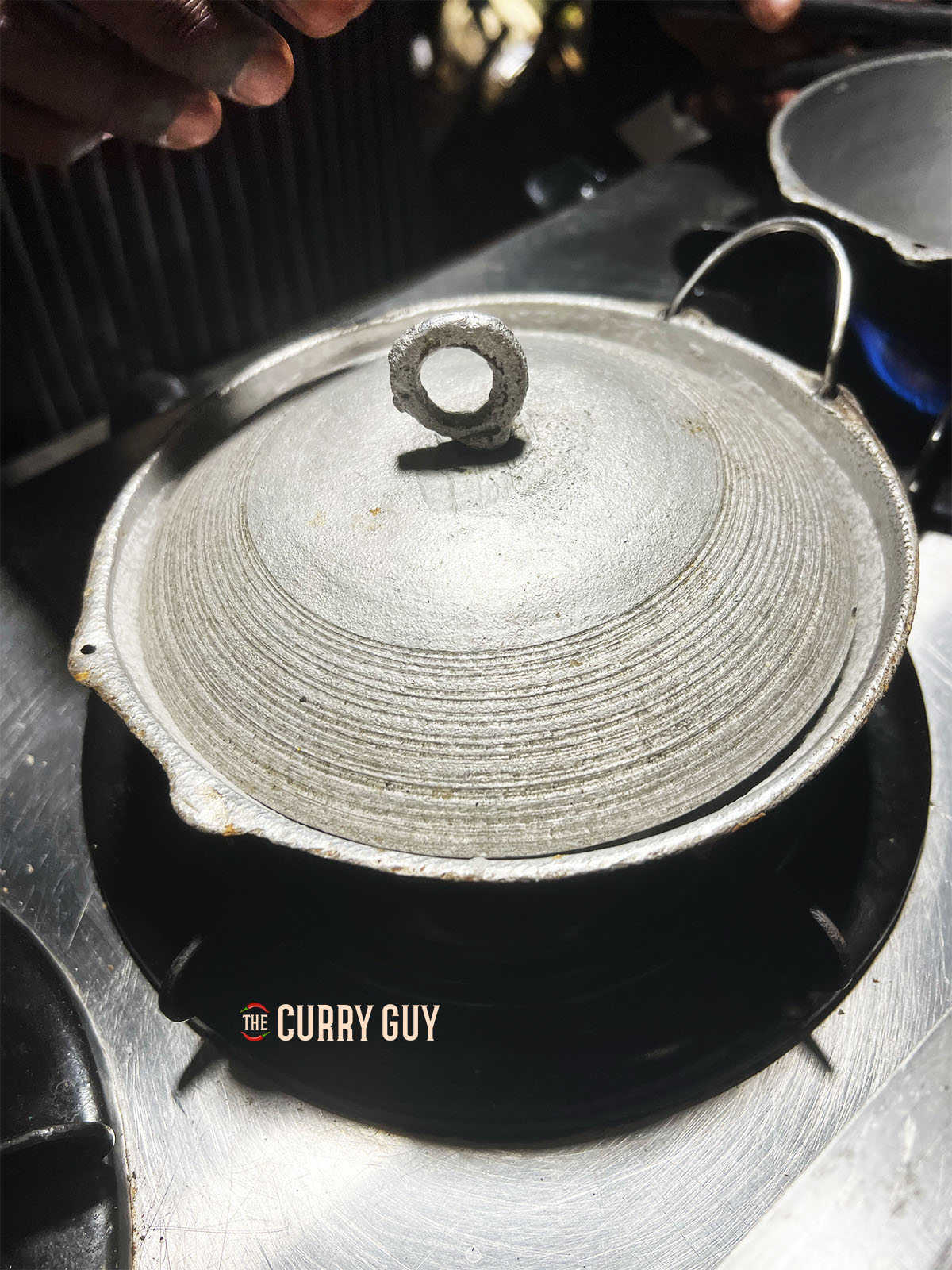
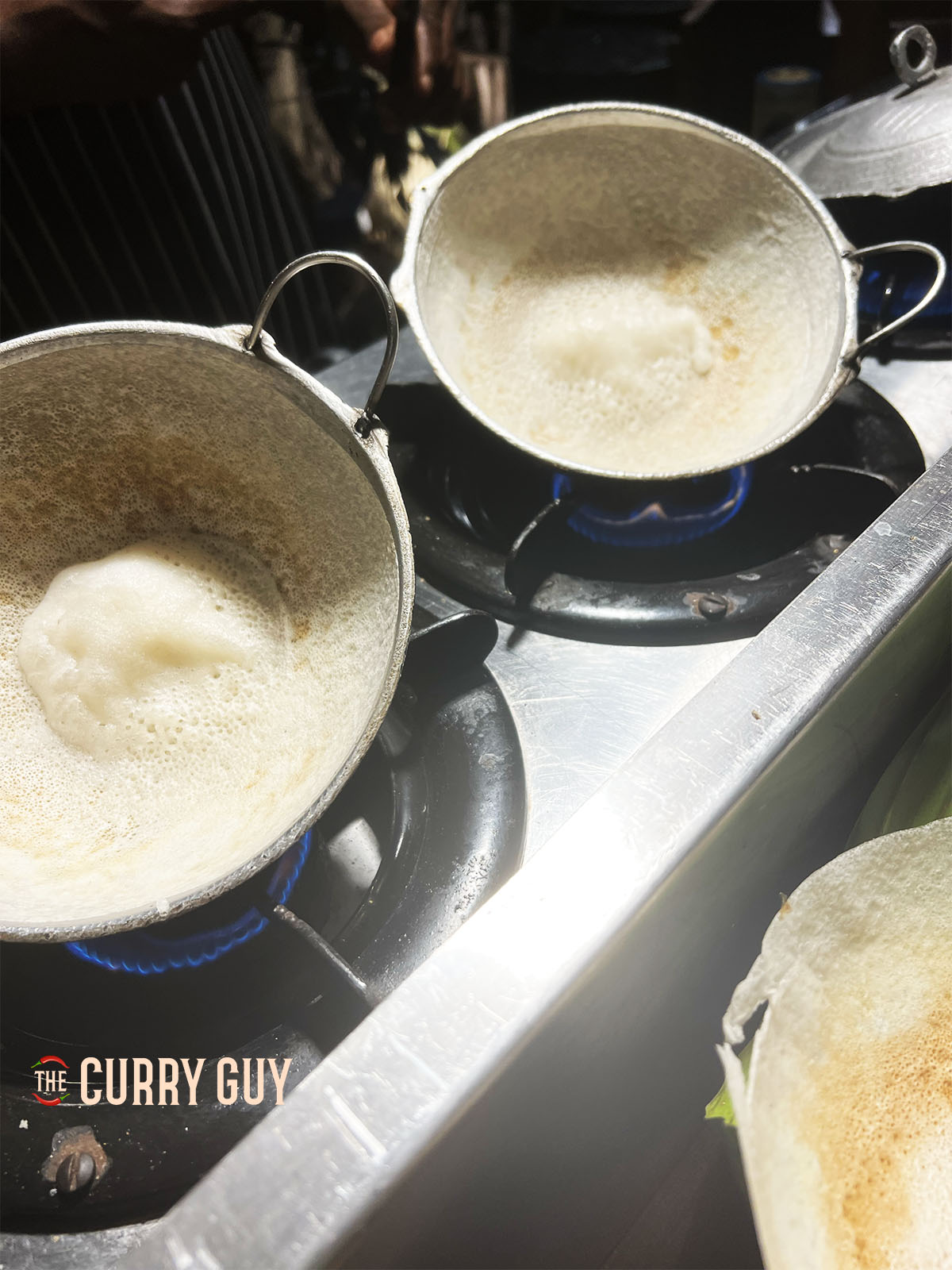
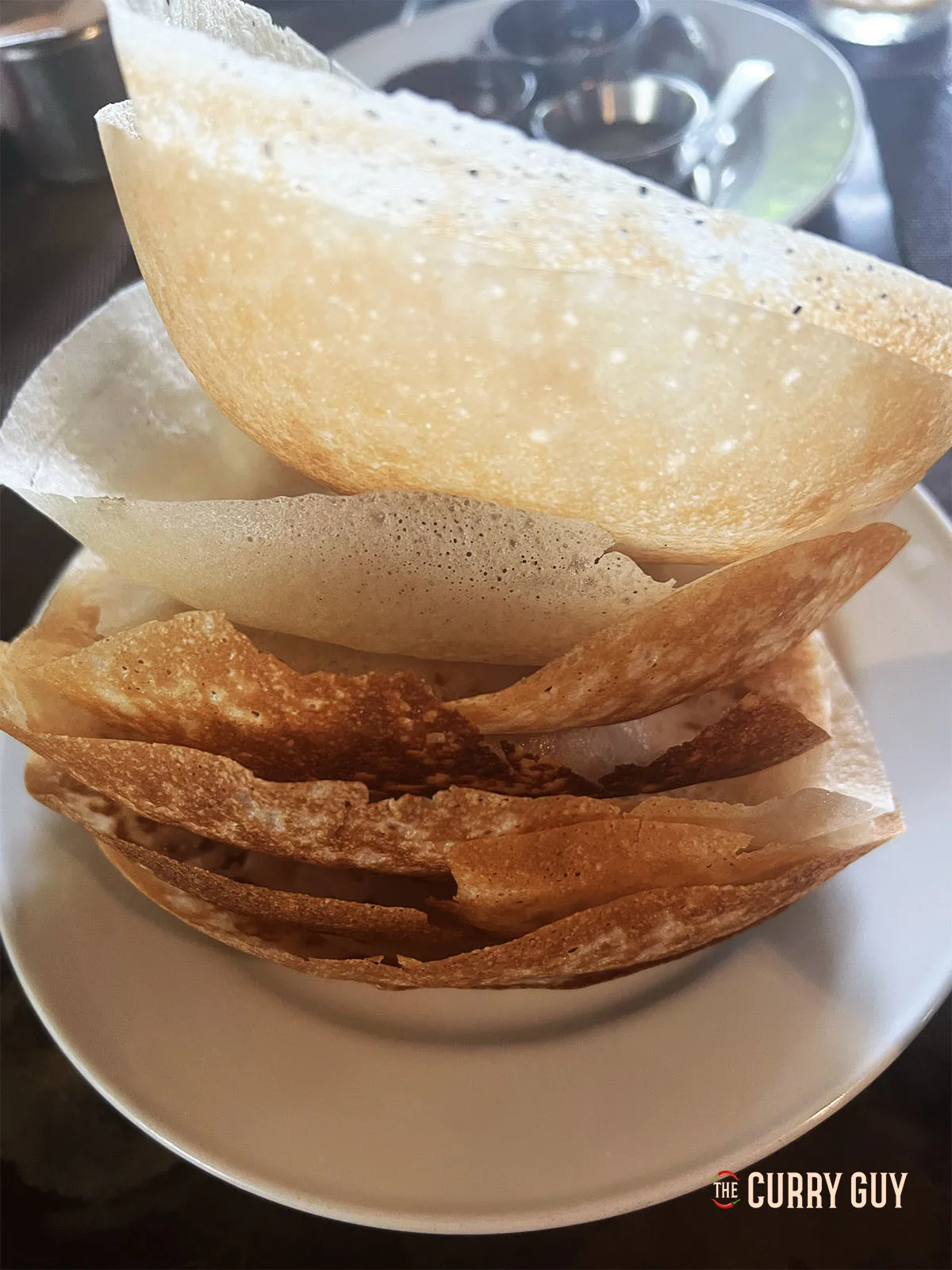




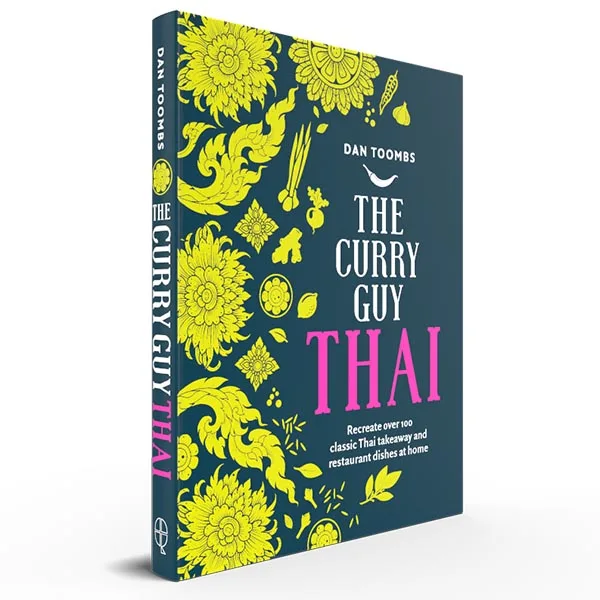

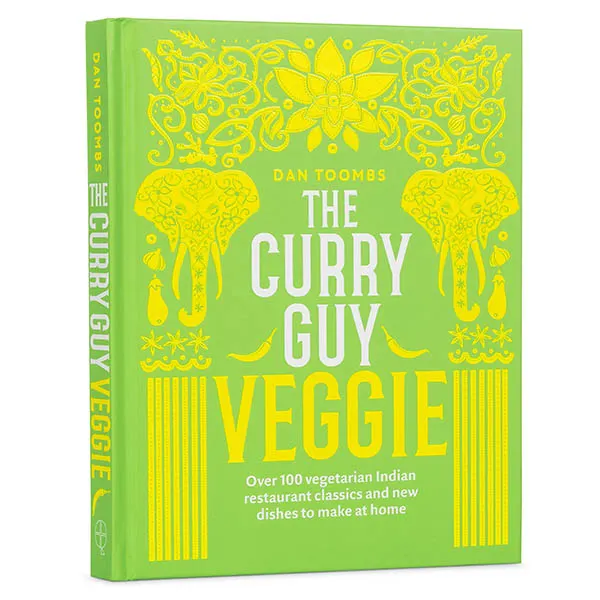

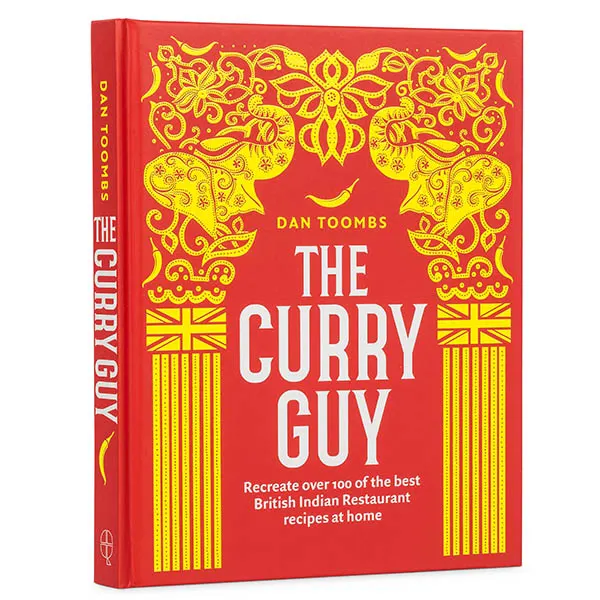
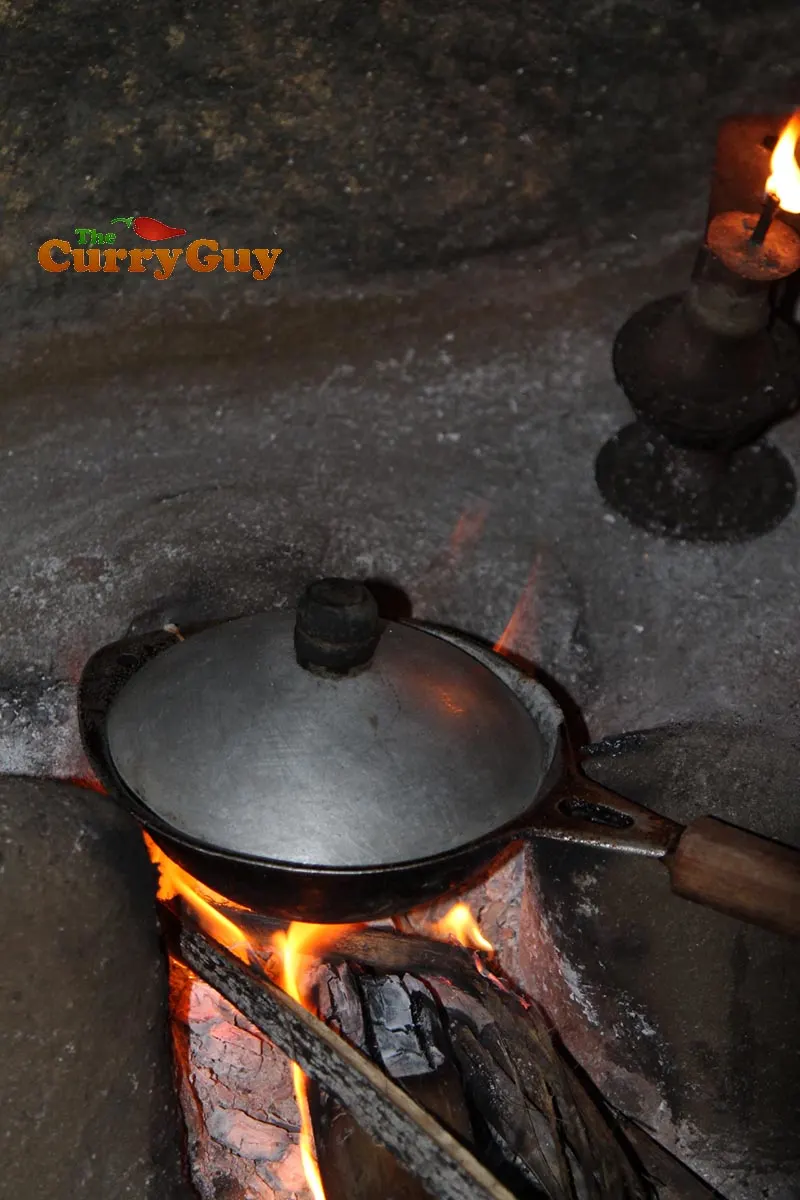
Tom
Sunday 20th of November 2016
What happened to the chicken drumsticks recipe? I clicked on that and got adverts and a hopper recipe
Dan Toombs
Tuesday 29th of November 2016
Hi Tom
Sorry about that. It was a mistake on my part. The drumstick recipe is right here. https://greatcurryrecipes.net/2016/09/28/bengali-chicken-drumstick-curry/
Cheers, Dan